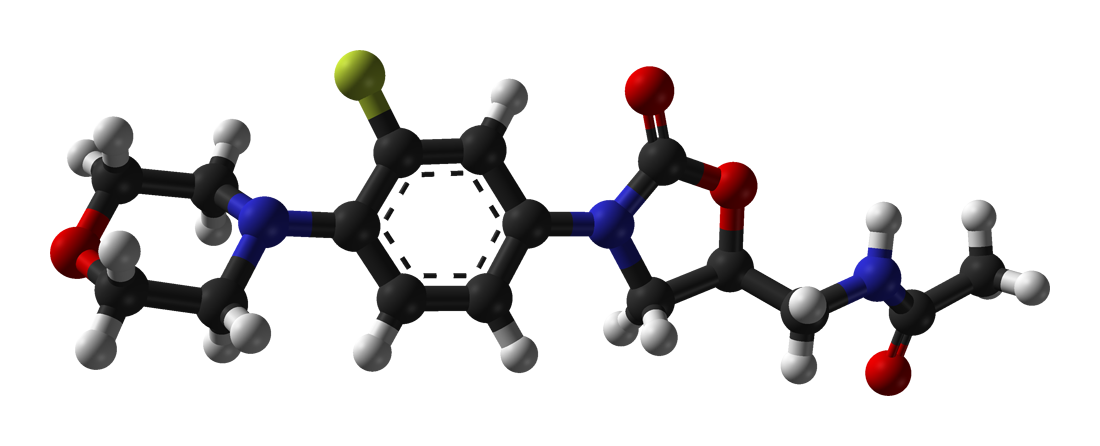Vancomycin Resistant Enterococcus on:
[Wikipedia]
[Google]
[Amazon]
Vancomycin-resistant ''Enterococcus'', or vancomycin-resistant enterococci (VRE), are bacterial strains of the genus '' Enterococcus'' that are resistant to the
 Six different types of vancomycin resistance are shown by enterococcus: Van-A, Van-B, Van-C, Van-D, Van-E and Van-G. The significance is that Van-A VRE is resistant to both vancomycin and
Six different types of vancomycin resistance are shown by enterococcus: Van-A, Van-B, Van-C, Van-D, Van-E and Van-G. The significance is that Van-A VRE is resistant to both vancomycin and
 Ceftriaxone (a third generation
Ceftriaxone (a third generation
PubMed
{{DEFAULTSORT:Vancomycin-Resistant Enterococcus Lactobacillales Antibiotic-resistant bacteria Healthcare-associated infections
antibiotic
An antibiotic is a type of antimicrobial substance active against bacteria. It is the most important type of antibacterial agent for fighting bacterial infections, and antibiotic medications are widely used in the treatment and prevention of ...
vancomycin.
Mechanism of acquired resistance
 Six different types of vancomycin resistance are shown by enterococcus: Van-A, Van-B, Van-C, Van-D, Van-E and Van-G. The significance is that Van-A VRE is resistant to both vancomycin and
Six different types of vancomycin resistance are shown by enterococcus: Van-A, Van-B, Van-C, Van-D, Van-E and Van-G. The significance is that Van-A VRE is resistant to both vancomycin and teicoplanin
Teicoplanin is an antibiotic used in the prophylaxis and treatment of serious infections caused by Gram-positive bacteria, including methicillin-resistant ''Staphylococcus aureus'' and ''Enterococcus faecalis''. It is a semisynthetic glycopeptide ...
, Van-B VRE is resistant to vancomycin but susceptible to teicoplanin, and Van-C is only partly resistant to vancomycin.
The mechanism of resistance to vancomycin found in enterococcus involves the alteration of the peptidoglycan synthesis pathway.
The D-alanyl-D-lactate variation results in the loss of one hydrogen-bonding interaction (four, as opposed to five for D-alanyl-D-alanine) being possible between vancomycin and the peptide. The D-alanyl-D-serine variation causes a six-fold loss of affinity between vancomycin and the peptide, likely due to steric hindrance.
To become vancomycin-resistant, vancomycin-sensitive enterococci typically obtain new DNA in the form of plasmids
A plasmid is a small, extrachromosomal DNA molecule within a cell that is physically separated from chromosomal DNA and can replicate independently. They are most commonly found as small circular, double-stranded DNA molecules in bacteria; how ...
or transposons which encode genes that confer vancomycin resistance. This acquired vancomycin resistance is distinguished from the natural vancomycin resistance of certain enterococcal species including ''E. gallinarum'' and ''E. ''.
Diagnosis
Once the individual has VRE, it is important to ascertain which ''strain''.Screening
Screening for VRE can be accomplished in a number of ways. For inoculating peri-rectal/anal swabs or stool specimens directly, one method uses bile esculin azide agar plates containing 6 μg/ml of vancomycin. Black colonies should be identified as an enterococcus to species level and further confirmed as vancomycin resistant by an MIC method before reporting as VRE. Vancomycin resistance can be determined for enterococcal colonies available in pure culture by inoculating a suspension of the organism onto a commercially available brain heart infusion agar (BHIA) plate containing 6 μg/ml vancomycin. TheClinical and Laboratory Standards Institute
The Clinical and Laboratory Standards Institute (CLSI) is a volunteer-driven, membership-supported, not-for-profit, standards development organization. CLSI promotes the development and use of voluntary laboratory consensus standards and guideline ...
(CLSI) recommends performing a vancomycin MIC test and also motility and pigment production tests to distinguish species with acquired resistance (vanA and vanB) from those with vanC intrinsic resistance. Detection of vancomycin resistance by the use of PCR targeting ''vanA'' and ''vanB'' can also be performed.
Treatment of infection
 Ceftriaxone (a third generation
Ceftriaxone (a third generation cephalosporin
The cephalosporins (sg. ) are a class of β-lactam antibiotics originally derived from the fungus ''Acremonium'', which was previously known as ''Cephalosporium''.
Together with cephamycins, they constitute a subgroup of β-lactam antibiotics ...
) use is a risk factor for colonization and infection by VRE, and restriction of cephalosporin usage has been associated with decreased VRE infection and transmission in hospitals. ''Lactobacillus rhamnosus'' GG (LGG), a strain of ''L. rhamnosus'', was used successfully for the first time to treat gastrointestinal carriage of VRE. In the US, linezolid is commonly used to treat VRE.
History
High-level vancomycin-resistant ''E. faecalis'' and ''E. faecium'' are clinical isolates first documented in Europe in 1986 and the United States in 1987. In the United States, vancomycin-resistant ''E. faecium'' was associated with 4% of healthcare-associated infections reported to the Centers for Disease Control and Prevention National Healthcare Safety Network from January 2006 to October 2007. VRE can be carried by healthy people who have come into contact with the bacteria, usually in a hospital (nosocomial infection), although it is thought that a significant percentage of intensively farmed chickens also carry VRE. Other regions have noted a similar distribution, but with increased incidence of VRE. For example, a 2006 study of nosocomial VRE revealed a rapid spread of resistance among enterococci along with an emerging shift in VRE distribution in the Middle East region, such as Iran. Treatment failures in enterococcal infections result from inadequate information regarding glycopeptide resistance of endemic enterococci due to factors such as the presence of VanA and VanB. The study from Iran reported the first case of VRE isolates that carried VanB gene in enterococcal strains from Iran. This study also noted the first documented isolation of nosocomial ''E. raffinosus'' and ''E. mundtii'' in the Middle East region.See also
* Methicillin-resistant ''Staphylococcus aureus'' (MRSA)(Vancomycin intermediate-resistant Staphylococcus aureus ''redirect'') *Antibiotic resistance
Antimicrobial resistance (AMR) occurs when microbes evolve mechanisms that protect them from the effects of antimicrobials. All classes of microbes can evolve resistance. Fungi evolve antifungal resistance. Viruses evolve antiviral resistance. ...
* Drug resistance
* MDR-TB
Multidrug-resistant tuberculosis (MDR-TB) is a form of tuberculosis (TB) infection caused by bacteria that are resistant to treatment with at least two of the most powerful first-line anti-TB medications (drugs): isoniazid and rifampin. Some f ...
References
Further reading
*External links
PubMed
{{DEFAULTSORT:Vancomycin-Resistant Enterococcus Lactobacillales Antibiotic-resistant bacteria Healthcare-associated infections